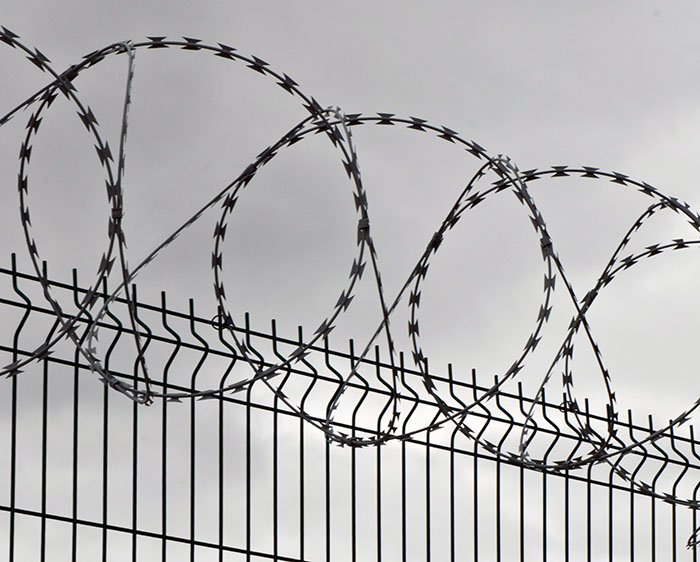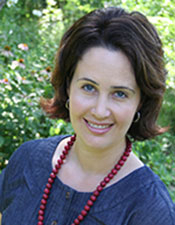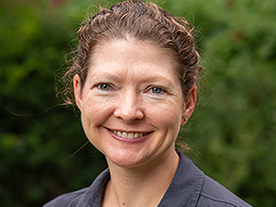Ending Mass Incarceration in the United States
Northwestern researcher details how red states are spearheading reforms
Get all our news
Mass incarceration is essentially a big government program.”
Heather Schoenfeld
Assistant professor of human development and social policy, and IPR associate

Sociologist and IPR associate Heather Schoenfeld investigates why states are seeking prison reform.
Long known as the world’s biggest jailer, the United States is experimenting with prison reform.
California’s prison downsizing experiment is the nation's largest. But Republican states are the ones leading the way, according to sociologist and IPR associate Heather Schoenfeld, who is investigating why states are seeking reform and how these efforts might help the U.S. reverse mass incarceration.

In the March issue of The ANNALS of the American Academy of Political and Social Science, Schoenfeld argues that while California was implementing its reforms, states with “far more conservative credentials,” like Texas and Georgia, were pushing forward with their own unmandated efforts—perhaps even aided by the rise of the Tea Party and its mistrust of big government.
“Mass incarceration is essentially a big government program,” said Schoenfeld.
These Republican-dominated states have set reforms into motion that aim to save money by sending less people to prison and investing in rehabilitative programs to reduce recidivism. In an earlier era, these efforts might have been derided as “soft on crime.”
Schoenfeld, a leading scholar on criminal punishment systems, has been researching how some states are responding to the issue and the take-home lessons for other states that are not.
“The question I’m interested in is, ‘How are states making these policy decisions now?’” Schoenfeld said.
The current issue of The ANNALS represents the first effort by scholars to systematically and scientifically examine what has been described as “the biggest criminal justice experiment ever conducted in America.”
Less than five percent of the world’s population lives in the U.S., but America houses 25 percent of the world’s inmates.
Over the last decade, lower crime rates, shrinking state budgets and the ballooning costs of caring for more and more inmates have pushed states both red and blue to seek prison reforms.
In 2011, the U.S. Supreme Court ordered California to reduce its prison population to comply with constitutional standards. California underwent “Realignment,” which transferred lower-level offenders from state prisons to county systems.
The law produced drastic changes in the population and operation of county jail facilities. And thanks to $1 billion in annual state funding, it has led all 58 of California’s counties to experiment on how best to deal with the affected inmates, according to University of California, Irvine researchers Charis Kubrin and Carroll Seron, also writing in the current issue of The ANNALS.
Schoenfeld hopes her research framework will lead to a better understanding of why a state like Georgia has embarked on a series of reforms, but not Florida, “which is one of those states where reform is moving very, very slowly,” she said.
However, even in states like California and Georgia, “passing reforms is just half the battle,” according to Schoenfeld.
In her article, she calls for more research into the implementation of reforms and the measurement of their effects—not only to identify changes to costs and prison populations, but to assess whether they really reduce the size and scope of criminal punishment.
After all, she cautions, policymakers consciously created mass incarceration by expanding prison terms for an increasing number of crimes. But the new reforms have done little to address the collateral consequences for families and communities.
Heather Schoenfeld is assistant professor of human development and social policy, and IPR associate.
This story originally appeared in Northwestern News.
Published: February 29, 2016.


